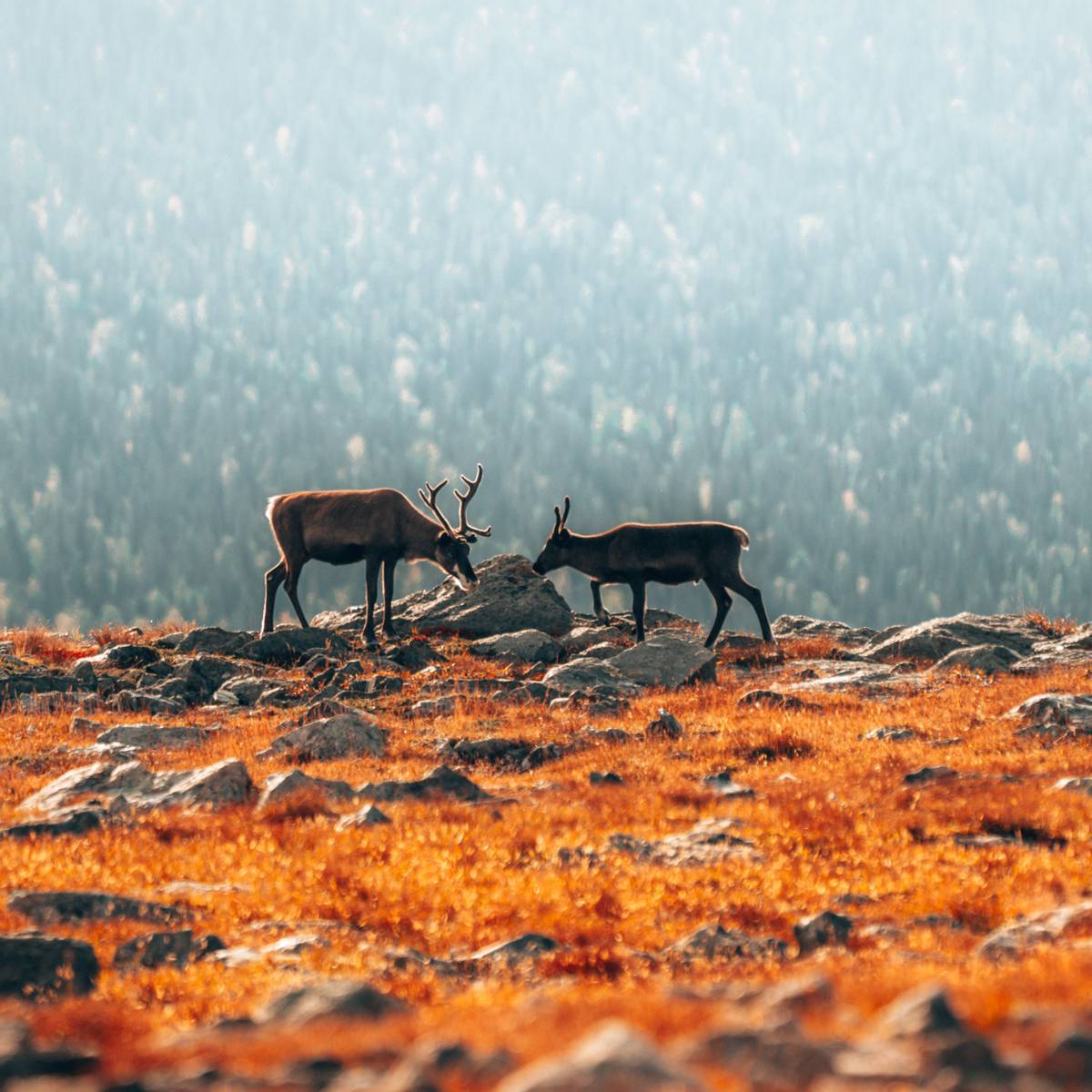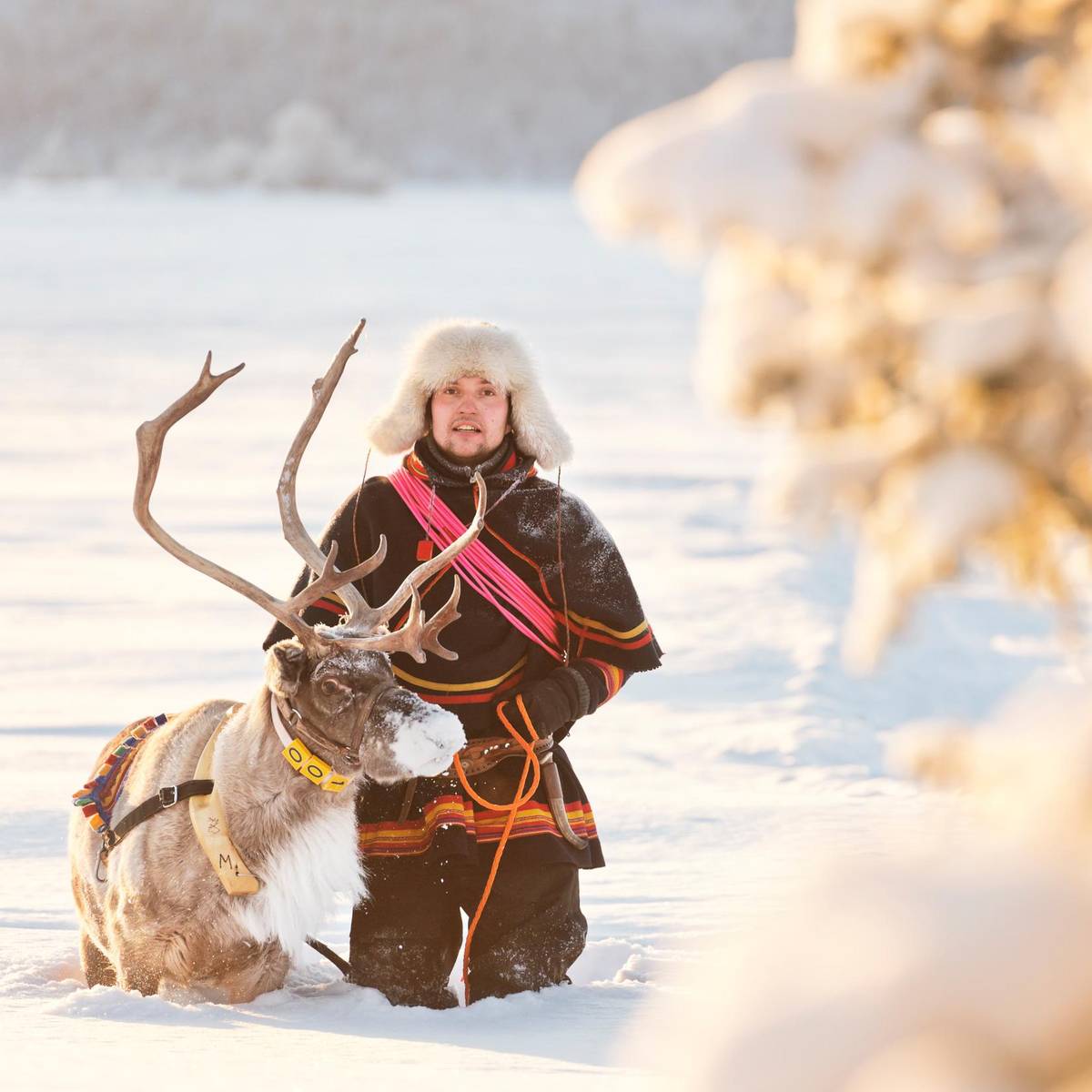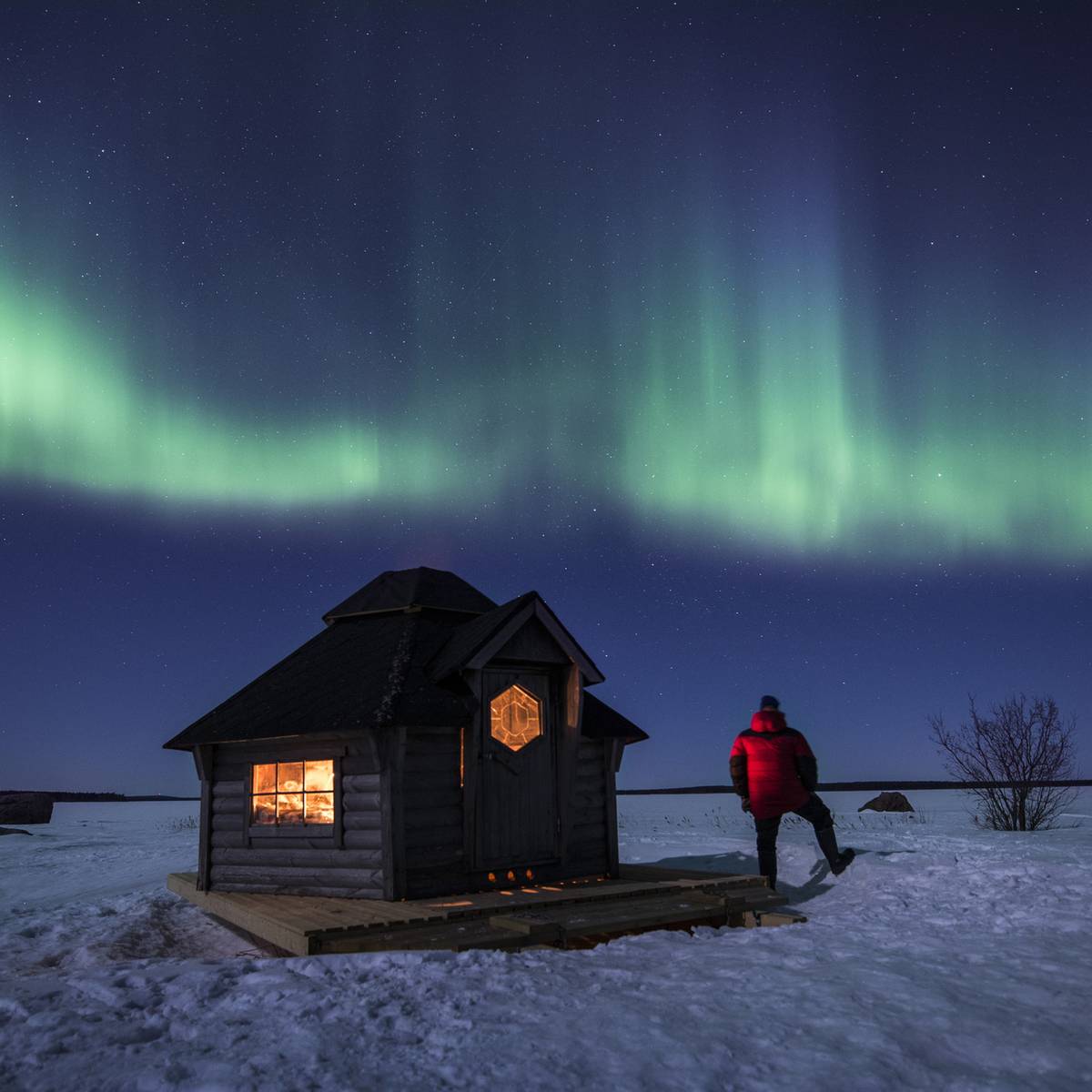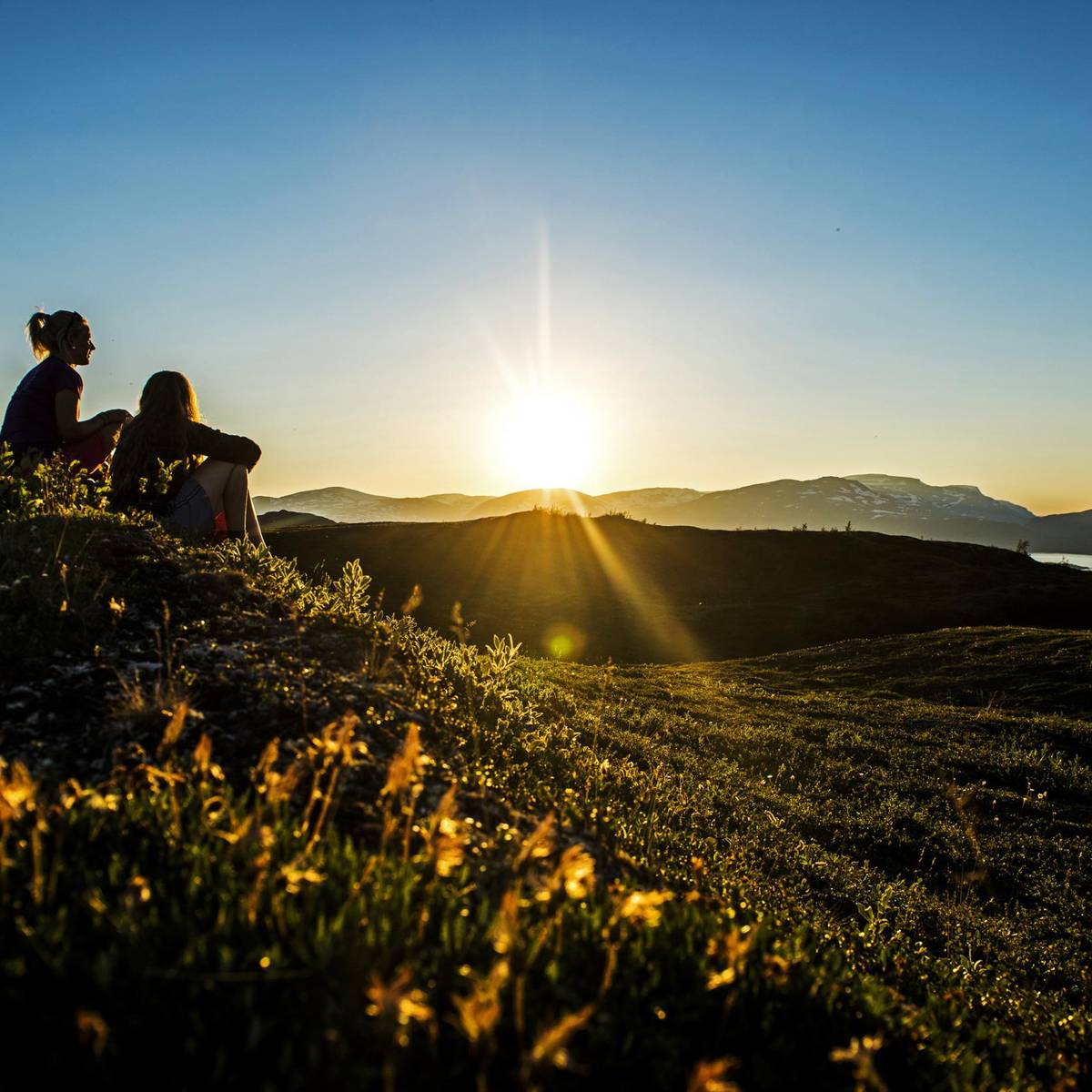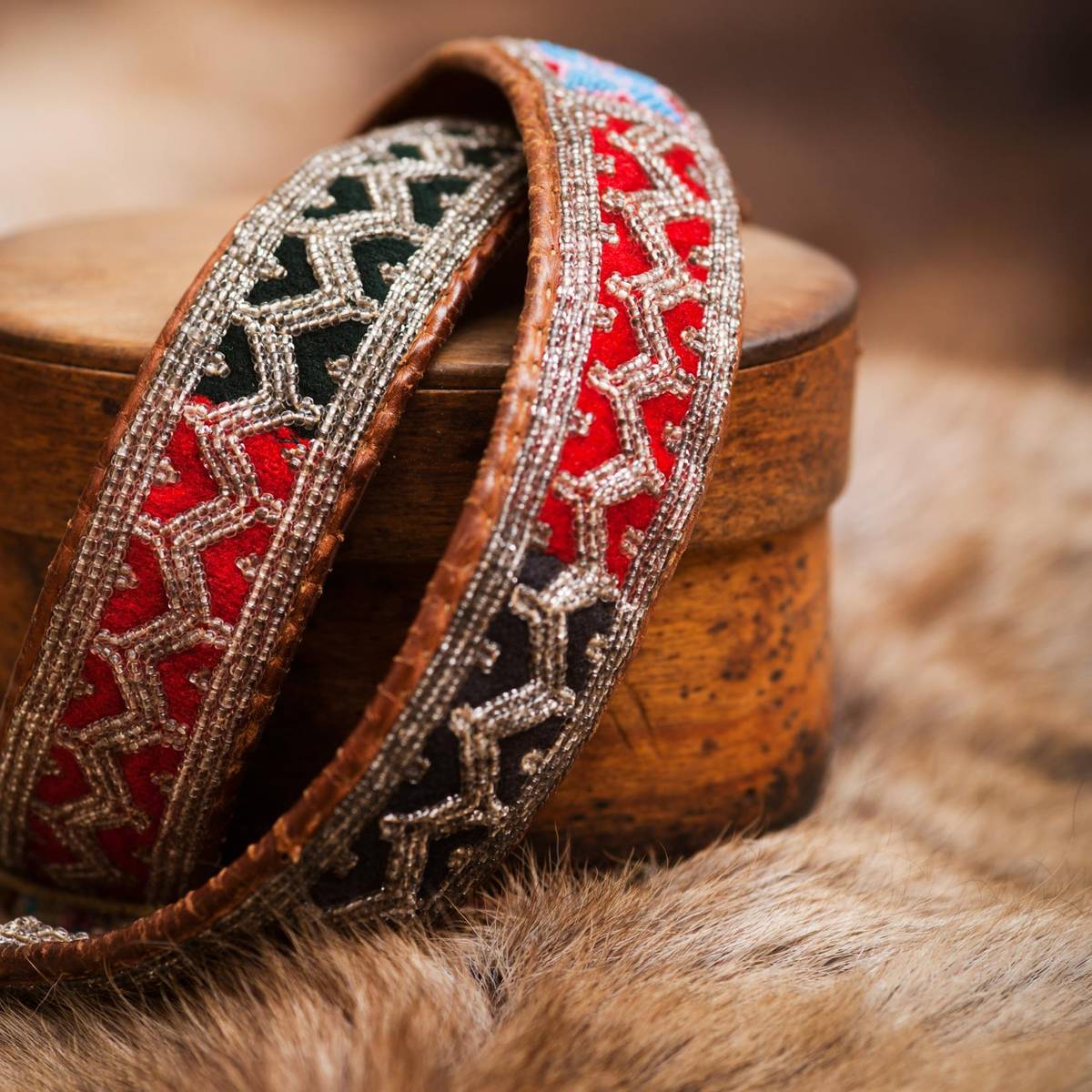Your journey to Laponia will probably start in the towns of Gällivare or Jokkmokk. There are several trains daily with SJ to Gällivare, and the journey around Laponia can continue by car or local bus.
There are airports in Gällivare and the northern cities of Luleå and Kiruna, all with car rentals and plenty of comfortable accommodations.
There are no roads leading up to Sarek National Park, so be prepared to hike or ski here, depending on the season.
Off the typical tourist track, travelling to and around Laponia takes some effort. Still, whether you visit in the cold dark of winter or the warm light of summer, it’s sure to be a unique and rewarding experience.
Laponia has four national parks with trails for beginners and more advanced hikers. There are organised tours, or you can walk alone to see everything from wetlands to forests, mountains and reindeer caravans.










